
 The circular beam structure will form part of the STP, says AldinMoh’d (below).
The circular beam structure will form part of the STP, says AldinMoh’d (below).
BAHRAIN Foundation Construction Company (BFCC), a structural and foundation specialist, is currently working on what it describes as its most complicated project yet – the Muharraq sewage treatment plant (STP).
The project for the Ministry of Works (MoW) is the first wastewater treatment PPP (public-private partnership) in Bahrain and is being developed by a concession comprising Samsung Engineering, Invest AD and United Utilities, on a build, own and operate (BOO) basis for 25 years.
Samsung Engineering, as the engineering, procurement and construction (EPC) contractor on the project, appointed BFCC as the foundations sub-contractor, to undertake the piling works on the main pumping station, which is being set up on reclaimed land north of the Hidd Industrial Area. Hyder Consulting is providing the detail design services for the STP and flow conveyance scheme.
Under the contract awarded to BFCC last November, the firm is responsible for piling in two areas of the site. It is close to completing work in the first area which has involved constructing 176 secant piles.
Elaborating on secant piling, Baha AldinMoh’d, project engineer for BFCC, says: “This type of piling includes the construction of a hard pile or ‘male’ pile in between two soft piles or ‘female’ piles, where two female piles are first constructed and then a male pile is bored through the concrete in between the two by cutting 20 cm from the sides of both.”
The male piles are steel reinforced while the female ones are not and have concrete strengths of C40 mpa and C20 mpa, respectively. Corresponding to the design requirement, there are an equal number of male and female piles, each with a diameter of 800 mm, drilled to a depth of 24 m. The piles will form a strong retaining wall of the future station.
AldinMoh’d says the secant piling method is rarely adopted in Bahrain, adding that soft piles take two hours to complete while hard piles can take up to five hours. Tests are regularly conducted by a surveyor during the piling process to ensure that the piles are being drilled straight and vertical. “That is what makes it more complicated than the normal piling method,” he says.
The concrete is tested at Al Hoty Analytical Services’ laboratories.
Apart from the complicated process of secant piling, other challenges that BFCC has continuously faced are the weather and soil structure. “We can’t work in windy weather as it poses a danger to the boom. Over this season, we have already stopped work twice because of rain and windy weather.”
As for the ground conditions, operators need to run their machines slowly to avoid the risk of hitting hard ground and damaging their machines.
The piles are driven segment by segment, and after a series is completed, the piles are capped a metre and a half above ground level, forming a circular beam structure on the future STP will rest, he says.
On completion of the beam structure, another contractor will excavate the area within it to a depth of 22 m to make way for the construction of a three-level STP station, AldinMoh’d adds. Piling in the second area on the same site will start after a month or two.
BFCC currently has seven machines working at the site. These include three rigs, two heavy cranes and two vibro hammers. Some 21 staff are involved in the project.
The BD105-million ($278.5 million) Muharraq STP will take 30 months to build and is expected to start operations in August 2013 and cater for the growing number of projects around Muharraq as well as reduce the load on the Tubli STP. The new STP will cater to the Busaiteen, Arad and Hidd areas, and take a lot of load off an aging sewerage network in Manama.
The first component is the sewage treatment plant, which is scheduled to be operational in August 2013. This will be developed in two phases with an initial capacity of 100,000 cu m per day and expandable to 160,000 cu m in the second phase, when required.
In addition to the Muharraq STP project, BFCC has also recently finished piling work for the North Manama Causeway project near Diplomatic Area. This major project for the MoW has involved the construction of more than 1,000 reinforcement (C45 mpa) piles to a depth of 24 m.
Another project is a housing scheme for the MoW in Salmabad where the main contractor, Al Ghanah Contracting, sub-contracted the piling work to BFCC for four buildings of up to nine storeys each. The ground engineering specialist will be constructing a total of 264 reinforced piles or 66 piles per building to a depth of 12 m. Work is still in progress on this project where two rig machines and two cranes have been employed.
Other works include ground improvement works and piling for a water transmission facility at Bahrain Financial Harbour (in progress).
BFCC’s other projects include piling and improvement work at the United Steel Company (Sulb) direct reduction (DR) plant project, Hidd; a multi-storey building at Bahrain Industrial Wharf (BIW) in Hidd; and a multi-storey building in Hoora.
An earlier project by BFCC was the Sitra bridge where over 800 reinforced piles were constructed to a depth of 42 m. This work included piling in two marine areas as well.
BFCC has been active in Bahrain’s ground engineering sector since 1999 and caters to all structural and foundation needs in the country – from structural pile design and testing, ground improvement and soil stabilisation, to high-rise and low-rise foundation construction. Its services include installation of large-diameter bored cast in-situ concrete piles; I-beam, steel pipes; sheet piles; contiguous and secant bored pile walls; grout-injected mini piles; compaction, pressure grouting; ground treatment; de-watering by well points and deep wells; and ground and retaining wall anchors. It also undertakes foundation engineering; building works and services; and pile testing.
The company also has an in-house workshop to ensure its equipment is kept in good working condition.



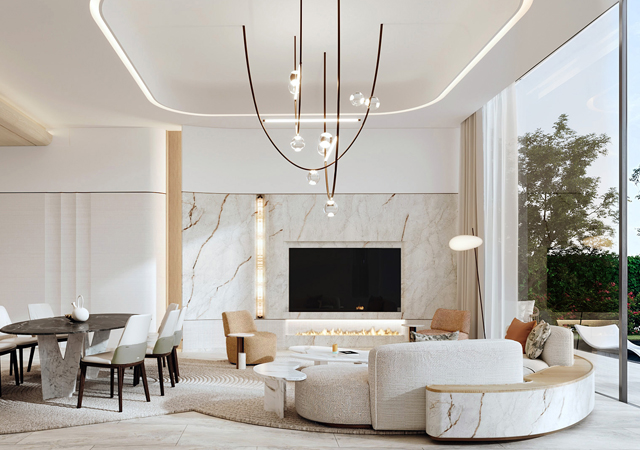

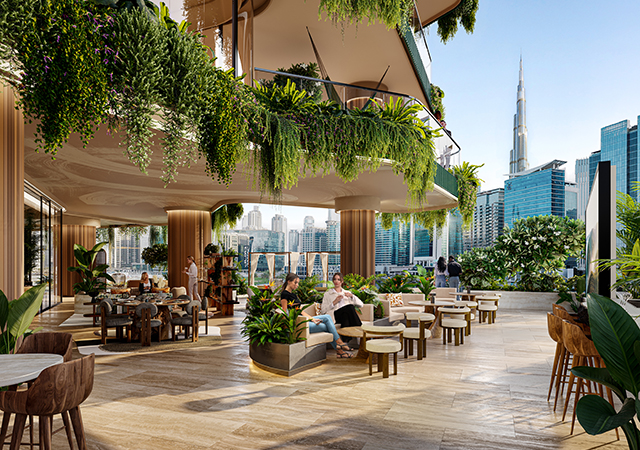
.jpg)




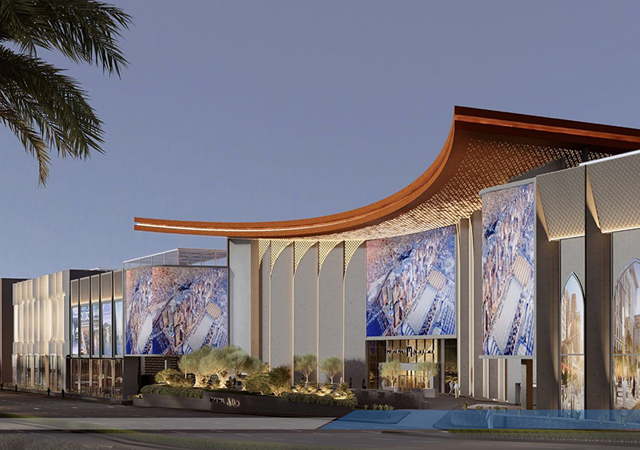
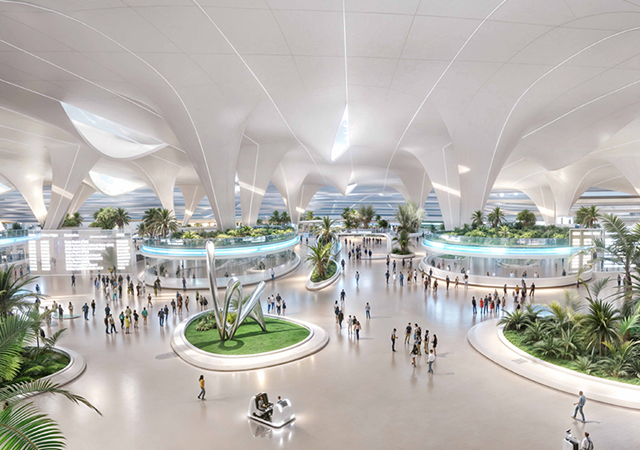
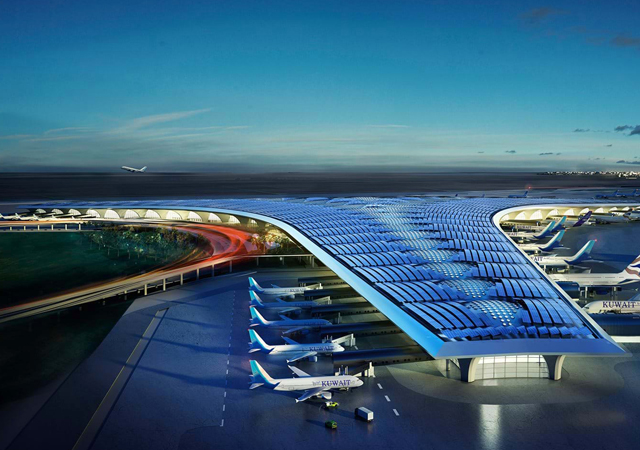
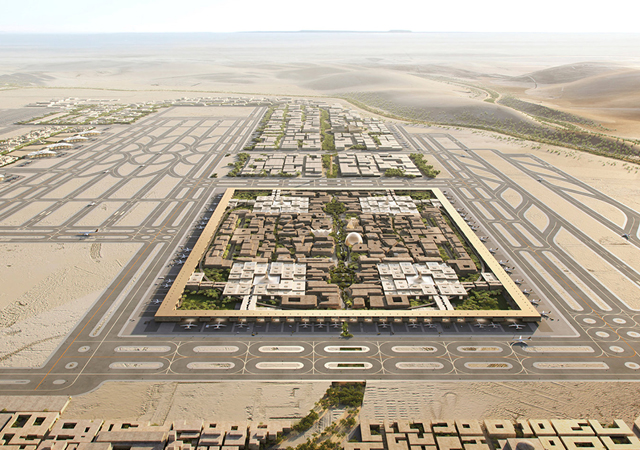
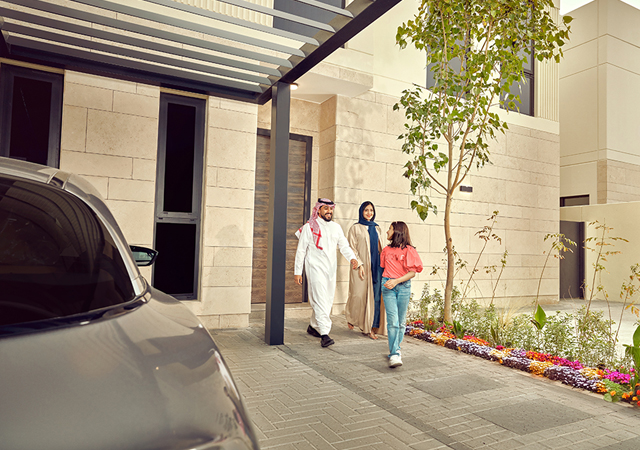
.jpg)

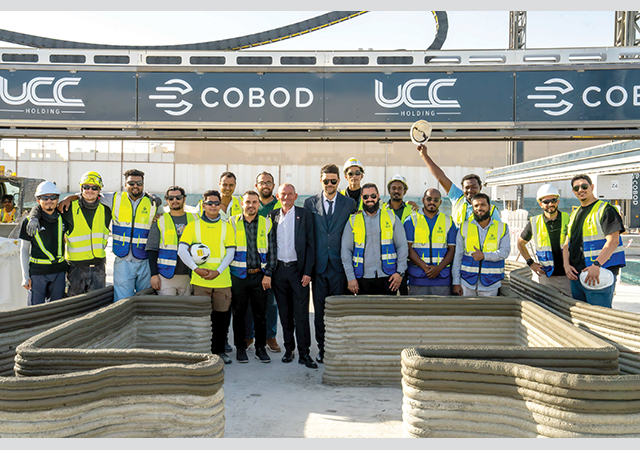
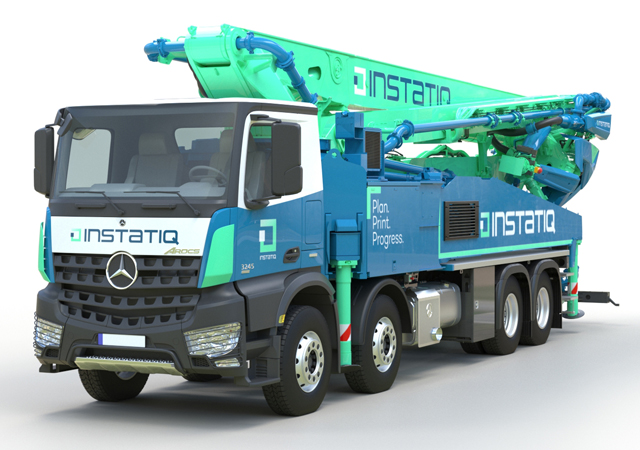
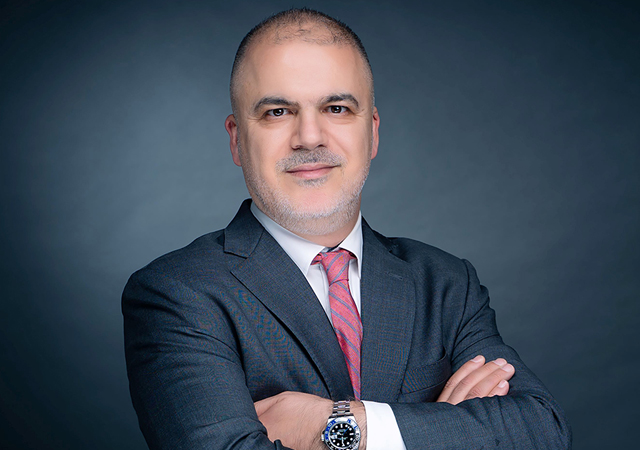
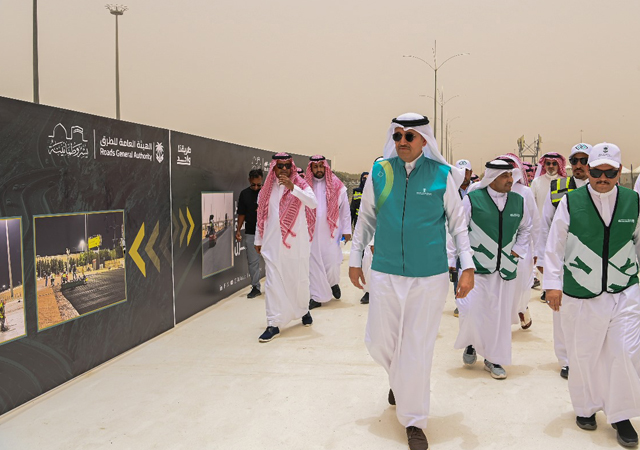
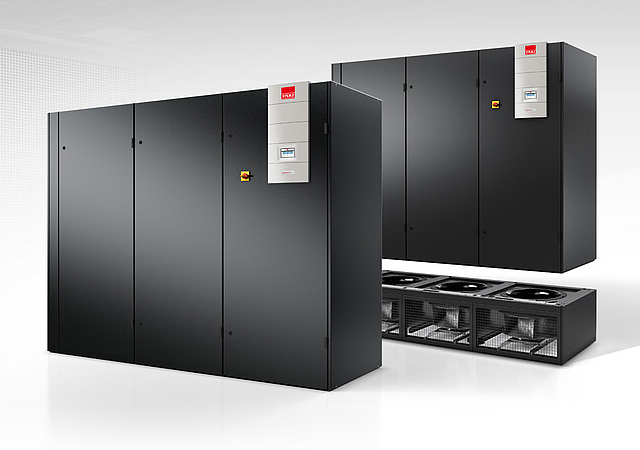
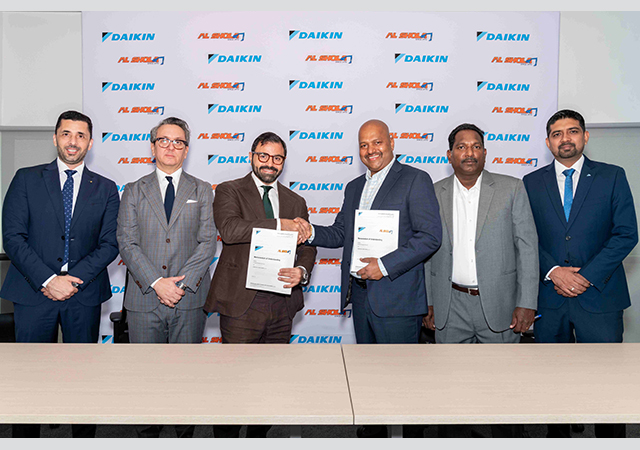

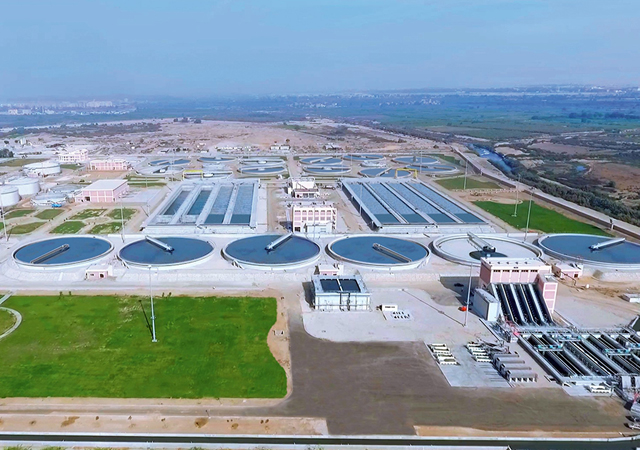
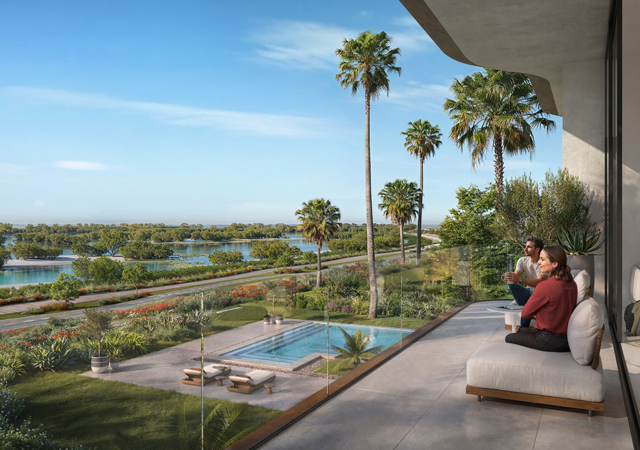
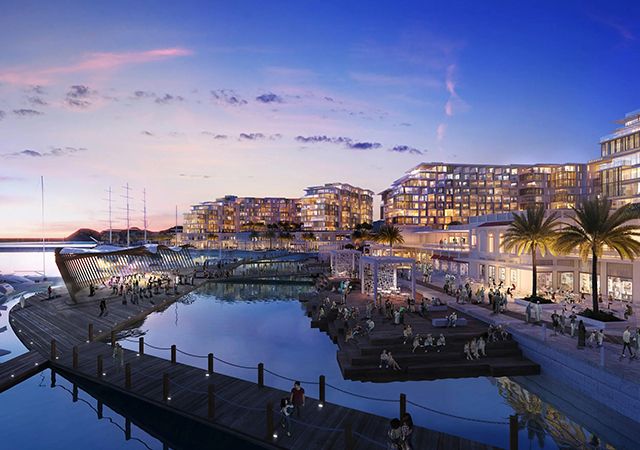

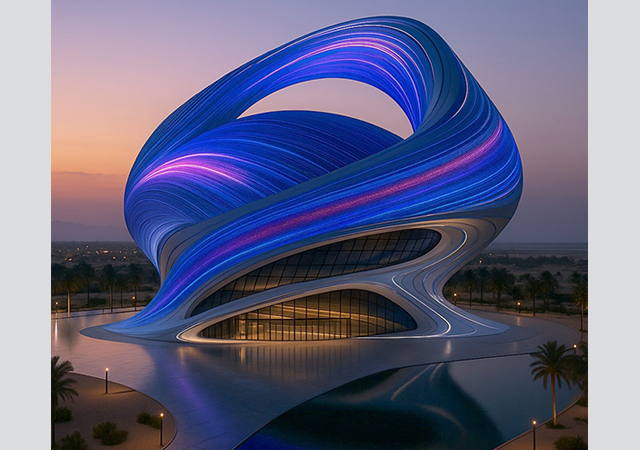
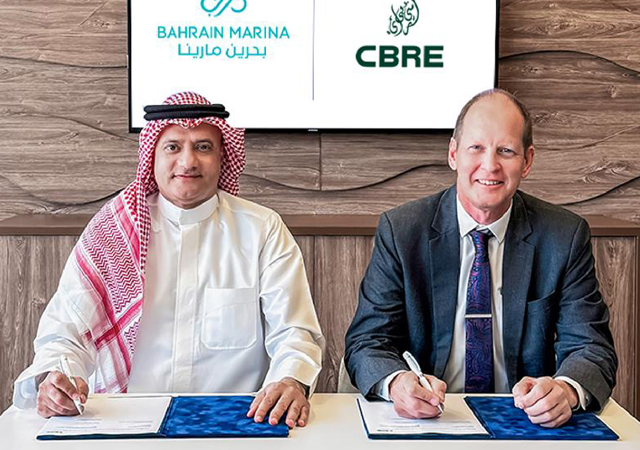
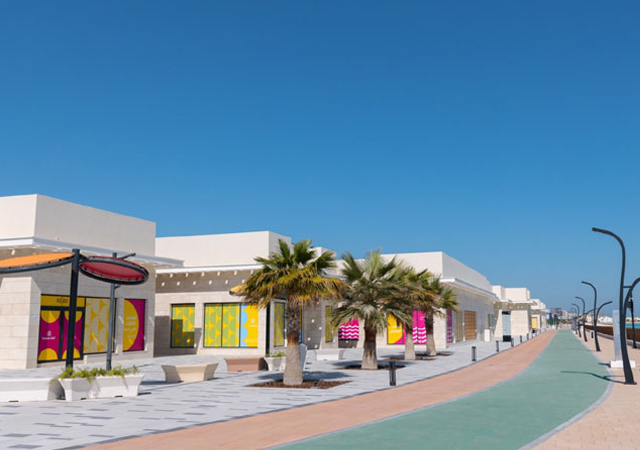
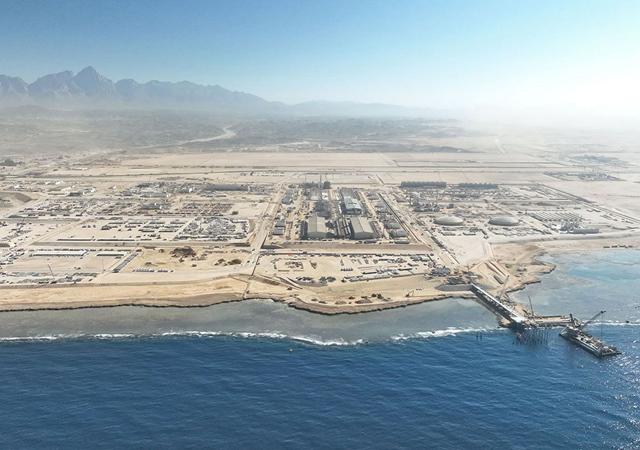
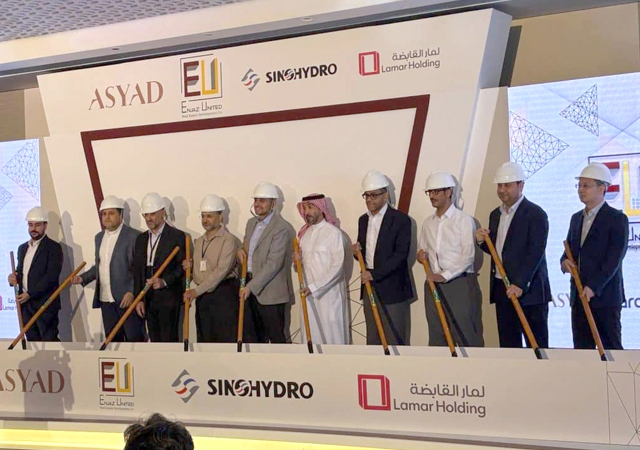
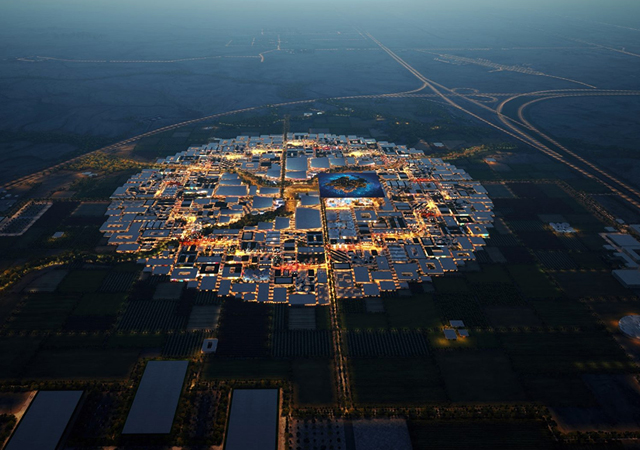
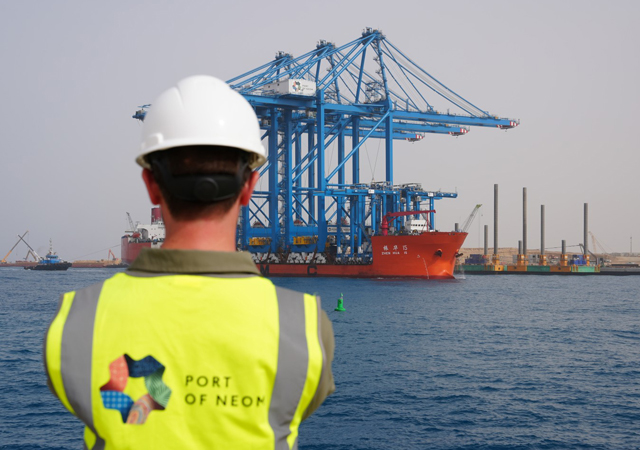
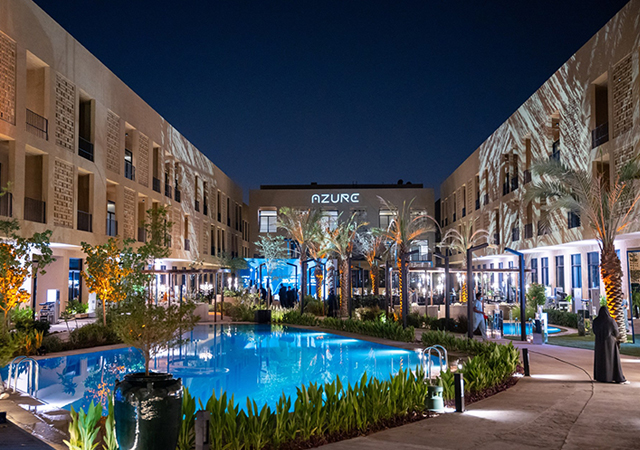
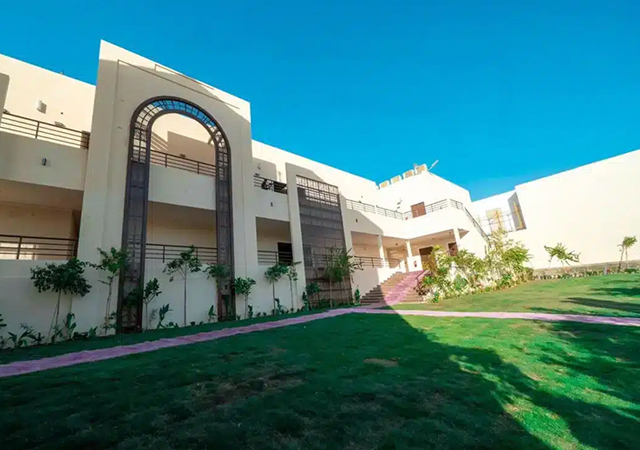

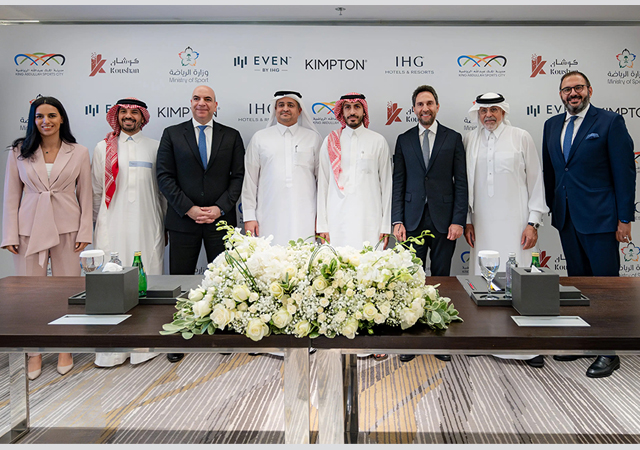
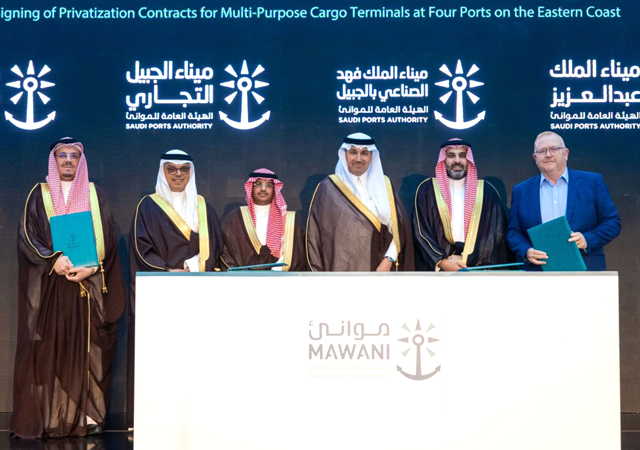
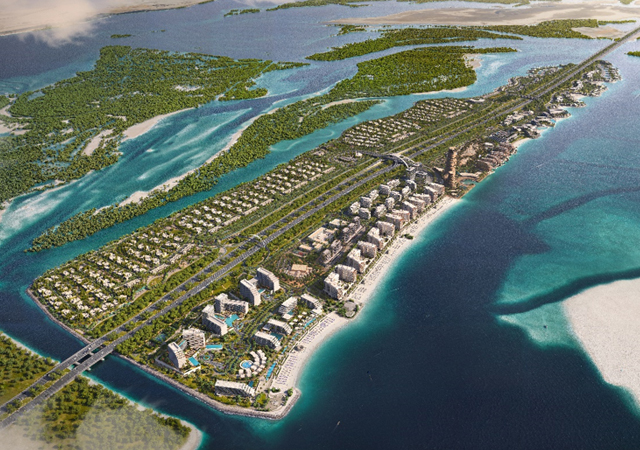
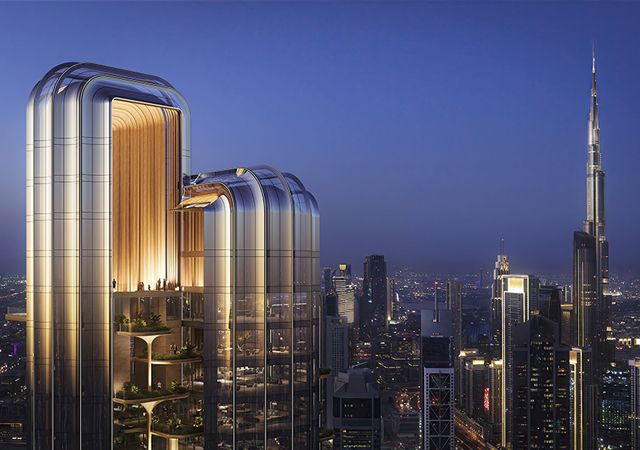
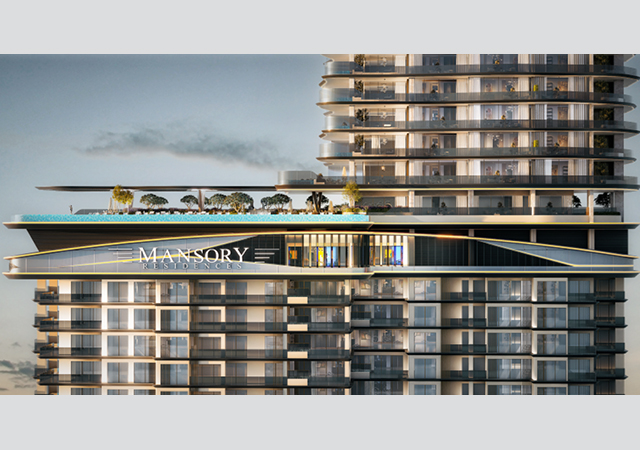
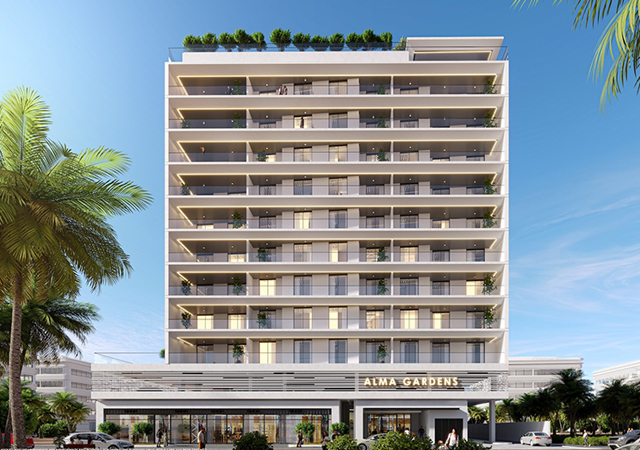

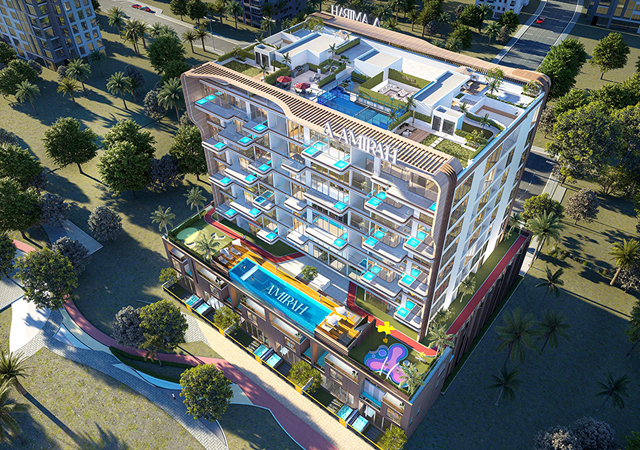
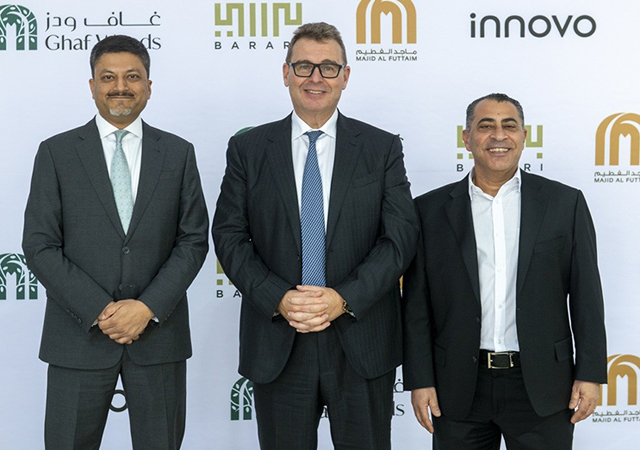
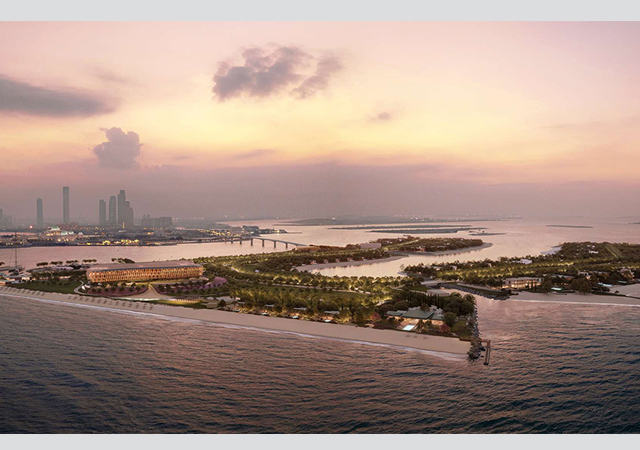
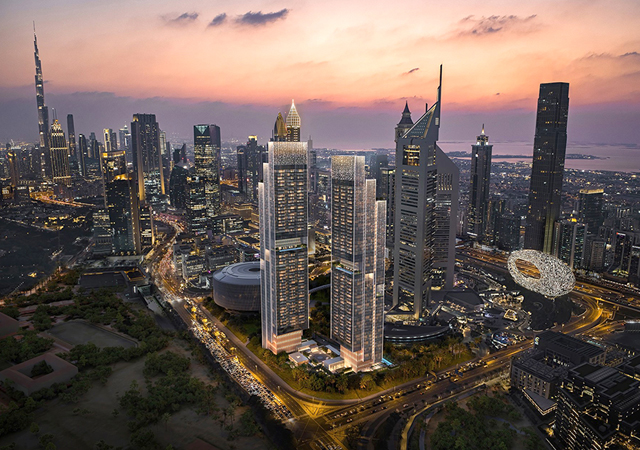
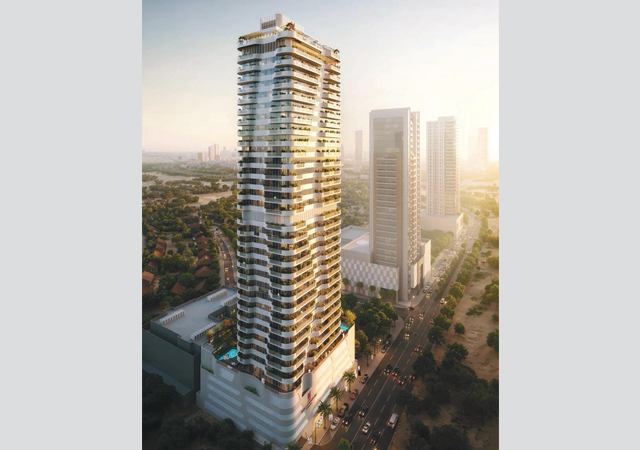
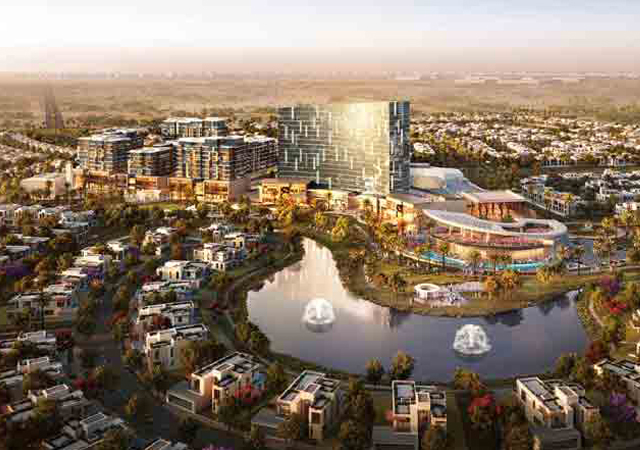
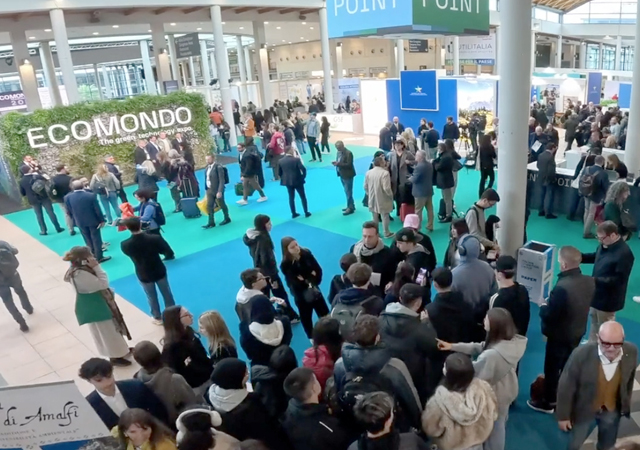
.jpg)















